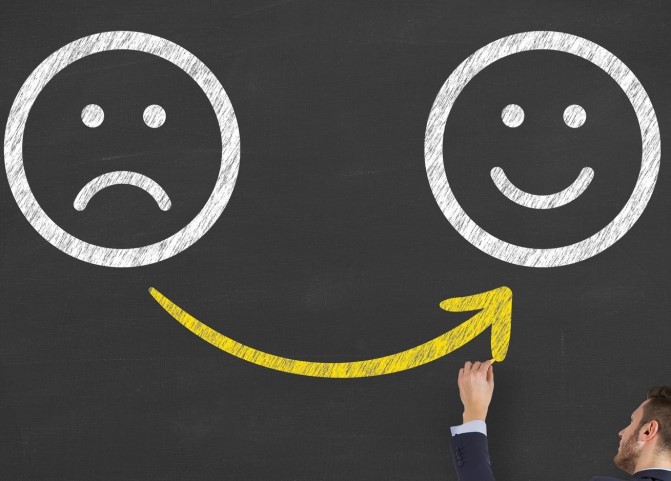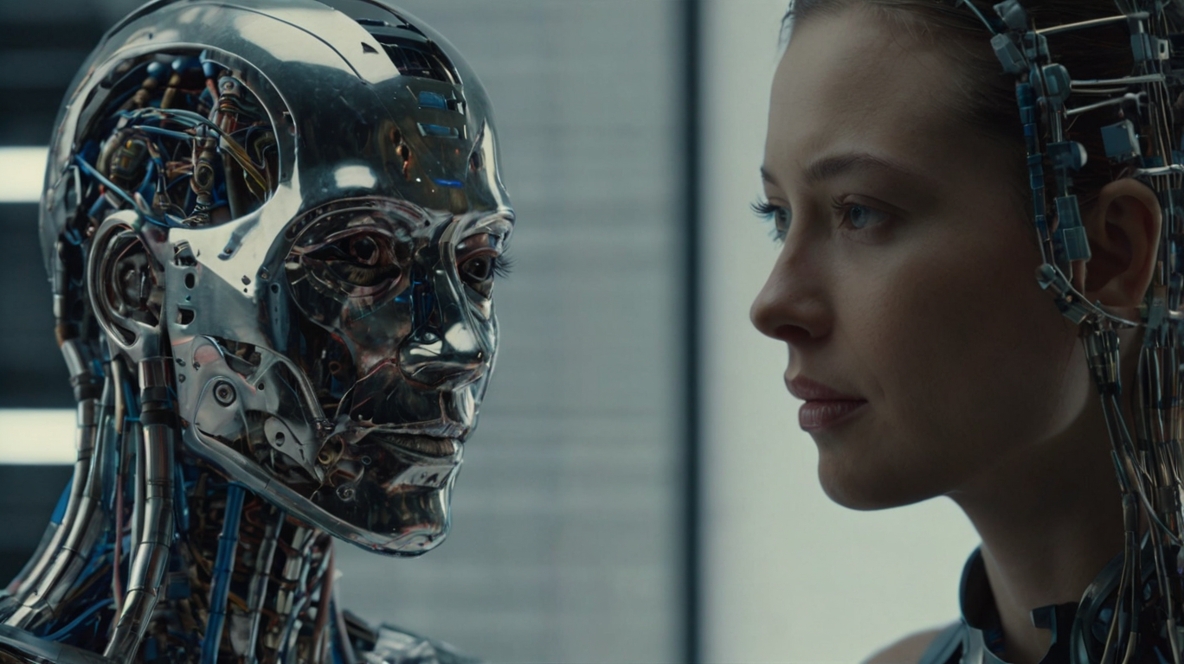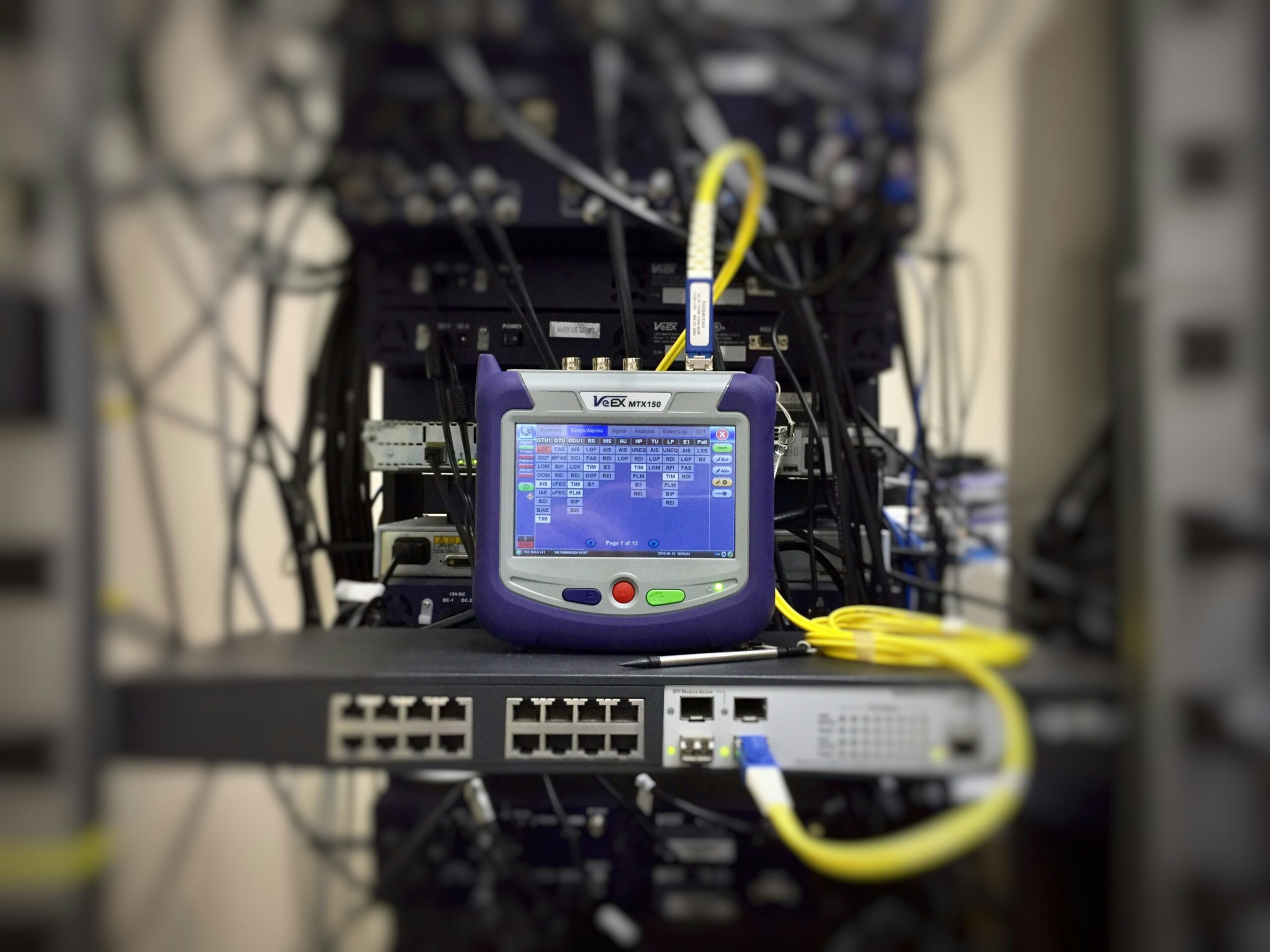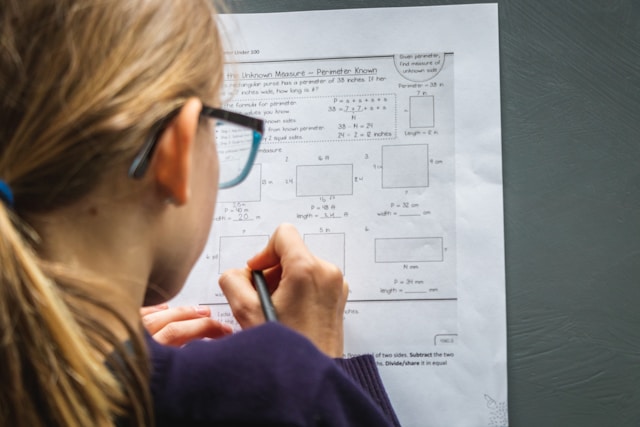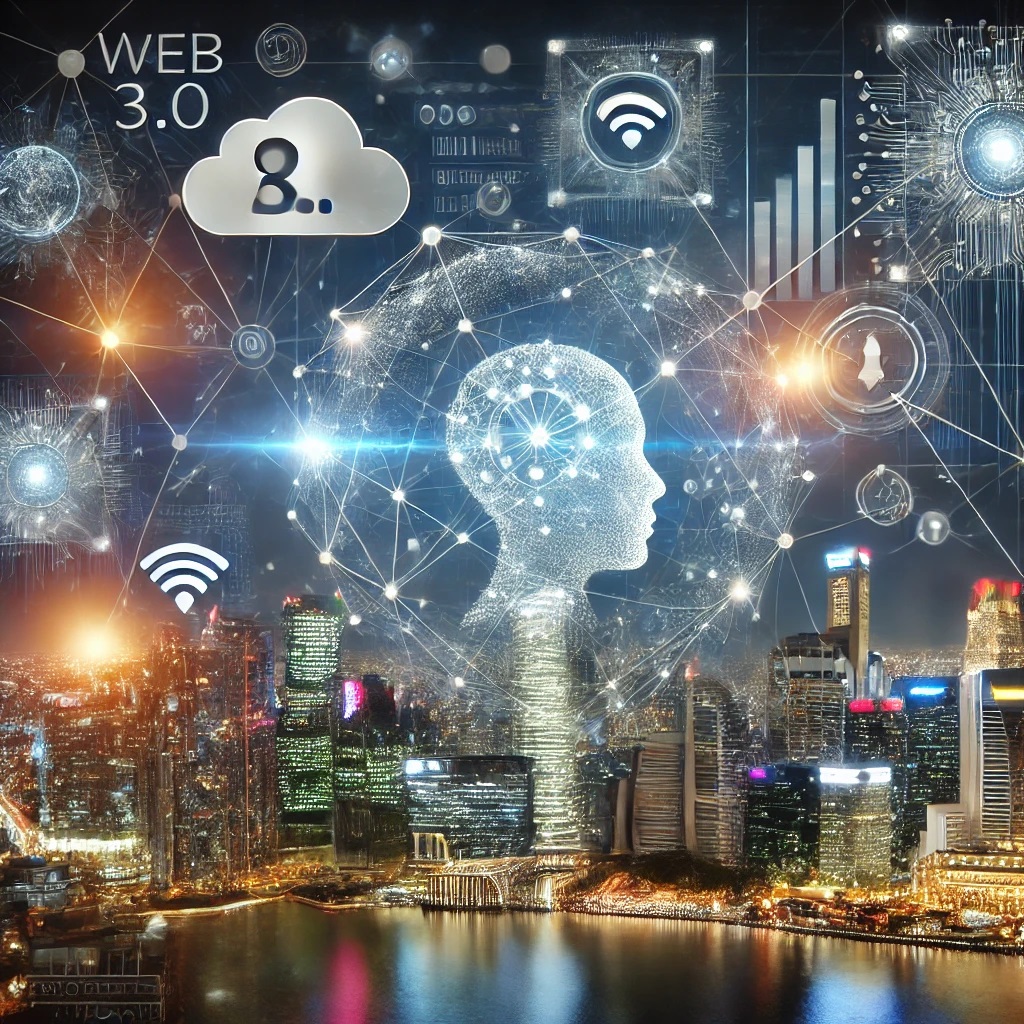
The concept of Web 3.0, often referred to as the third generation of the World Wide Web, represents a significant evolution in how we interact with the internet. To appreciate the leap forward, let’s briefly revisit the earlier iterations of the web. Web 1.0 was primarily a static, readable phase where users consumed information. Web 2.0, which emerged around 1999, introduced interactivity, allowing users to participate and create content. This revolution led to the rise of social networking platforms like Facebook and Twitter. Now, Web 3.0 promises to take us even further by incorporating intelligence and semantics into the web.
Unlike its predecessors, Web 3.0 aims to interpret information and execute tasks with human-like understanding. It is envisioned as a smarter, more efficient web that will transform the way we browse and interact online. As Web 2.0 revolutionized the static Web 1.0, Web 3.0 is poised to make Web 2.0 a relic of the past, ushering in a new era of technological sophistication. However, such a leap also brings challenges and uncertainties that developers and researchers are striving to address.
The Current State of Web 3.0
As of now, Web 3.0 is still in its developmental phase. A considerable amount of research and innovation is ongoing to shape its architecture and capabilities. Although experts have speculated that Web 3.0 will launch soon, there is no definitive timeline for its arrival. Notably, the transition from Web 1.0 to Web 2.0 took about eight years, with Web 2.0 debuting in 1999. In contrast, Web 3.0 has been in development for over a decade, reflecting the complexity and ambition of this next step.
The extended development timeline suggests that Web 3.0 will offer a transformative experience. By integrating technologies like artificial intelligence (AI), blockchain, and semantic data processing, Web 3.0 aims to redefine the internet as we know it. Experts anticipate that it will revolutionize industries, reshape user experiences, and perhaps even challenge the capabilities of the human brain in specific domains.
Key Features and Innovations of Web 3.0
- Enhanced Speed and Efficiency
Web 3.0 is expected to be significantly faster than its predecessors, possibly requiring users to upgrade their hardware to fully utilize its capabilities. Faster data processing and more precise search results will make online interactions seamless. For instance, current technologies often encounter delays in processing large datasets; Web 3.0 aims to eliminate these inefficiencies by leveraging advanced algorithms and decentralized networks.
- Artificial Intelligence Integration
AI will play a pivotal role in Web 3.0. For example, social bookmarking websites currently outperform traditional search engines by providing more relevant results through human-driven input. Web 3.0 is anticipated to scale this intelligence, using advanced algorithms to deliver highly specific, accurate, and personalized outcomes. Imagine an AI-powered assistant that not only finds the information you need but also predicts your preferences based on past behavior.
- Semantic Web Capabilities
One of the defining features of Web 3.0 could be its semantic capabilities. Unlike previous iterations, where data was largely unstructured, Web 3.0 aims to categorize and contextualize information. This means computers will understand the meaning of data, making it easier for both humans and machines to locate and use information efficiently. This development could transform industries such as healthcare, where semantic data can streamline patient care by connecting disparate medical records, or education, where personalized learning systems could adapt to individual students’ needs.
- Virtual Web Experiences
Another fascinating possibility is the integration of virtual reality (VR) into the web. Imagine virtual shops, malls, and meeting spaces where users can interact in a simulated environment. While technically feasible, this concept poses challenges in terms of cost, complexity, and collaboration among various stakeholders. These virtual environments could revolutionize e-commerce by creating immersive shopping experiences, but they also raise questions about accessibility and data security.
- Ubiquity and Connectivity
Web 3.0 could make the internet even more pervasive, integrating seamlessly with mobile devices and smart systems. This would allow users to stay connected wherever they go, transforming the internet into an indispensable part of daily life. For instance, smart cities powered by Web 3.0 could optimize energy usage, traffic flow, and public services through interconnected devices and real-time data analysis.
Challenges and Considerations
Despite its promise, Web 3.0 faces several hurdles. One major concern is the potential for increased competition among stakeholders, particularly in virtual spaces. Building virtual environments requires substantial investment in graphics and infrastructure, which may limit commercial feasibility. Additionally, regulatory challenges and data privacy concerns must be addressed to ensure the secure and ethical use of advanced technologies.
Another challenge is the possibility of job displacement due to AI’s increasing capabilities. While Web 3.0 could enhance efficiency, it may also replace certain roles traditionally performed by humans. Striking a balance between innovation and societal impact will be critical for the successful adoption of Web 3.0.
Furthermore, the decentralized nature of Web 3.0, driven by blockchain technology, could disrupt existing power structures on the internet. While this decentralization empowers users by giving them more control over their data, it also creates challenges in terms of governance, security, and scalability. For instance, ensuring consensus across decentralized networks can be time-consuming and resource-intensive.
The Role of Blockchain in Web 3.0
Blockchain technology is expected to be the backbone of Web 3.0. It offers transparency, security, and decentralization, enabling users to have greater control over their data. This is particularly important in a world where data breaches and privacy concerns are becoming increasingly prevalent. Decentralized applications (dApps) built on blockchain networks are already demonstrating the potential of Web 3.0. For example, decentralized finance (DeFi) platforms are reshaping traditional banking by providing peer-to-peer financial services without intermediaries.
Moreover, non-fungible tokens (NFTs) and smart contracts are set to play a significant role in the Web 3.0 ecosystem. NFTs could revolutionize ownership in the digital realm, while smart contracts could automate processes and reduce reliance on third parties.
The Future of Web 3.0
Some experts speculate that Web 3.0 will focus heavily on enhancing mobile and entertainment platforms, addressing usability issues, and making the internet more accessible to a broader audience. The ultimate goal is to create a unified, user-friendly platform that integrates seamlessly with everyday life.
In this vision, Web 3.0 will become the backbone of the digital world, offering solutions for education, healthcare, commerce, and entertainment. It will provide a platform where users can access virtually anything with unprecedented ease and efficiency. For instance, decentralized finance (DeFi) applications could revolutionize the banking industry by providing transparent, peer-to-peer financial services without the need for intermediaries.
Conclusion
The evolution of the internet from Web 1.0 to Web 3.0 reflects humanity’s relentless pursuit of progress and innovation. While much about Web 3.0 remains uncertain, its potential to revolutionize the way we interact with the digital world is undeniable. Whether through AI, semantic data, or virtual reality, Web 3.0 promises to redefine the internet’s role in our lives.
As we await the formal launch of Web 3.0, one thing is clear: the next generation of the web will be dynamic, intelligent, and transformative. It represents not just a technological breakthrough but a fundamental shift in how we perceive and use the internet. The future of the web is exciting, and Web 3.0 is at the forefront of this digital revolution.

